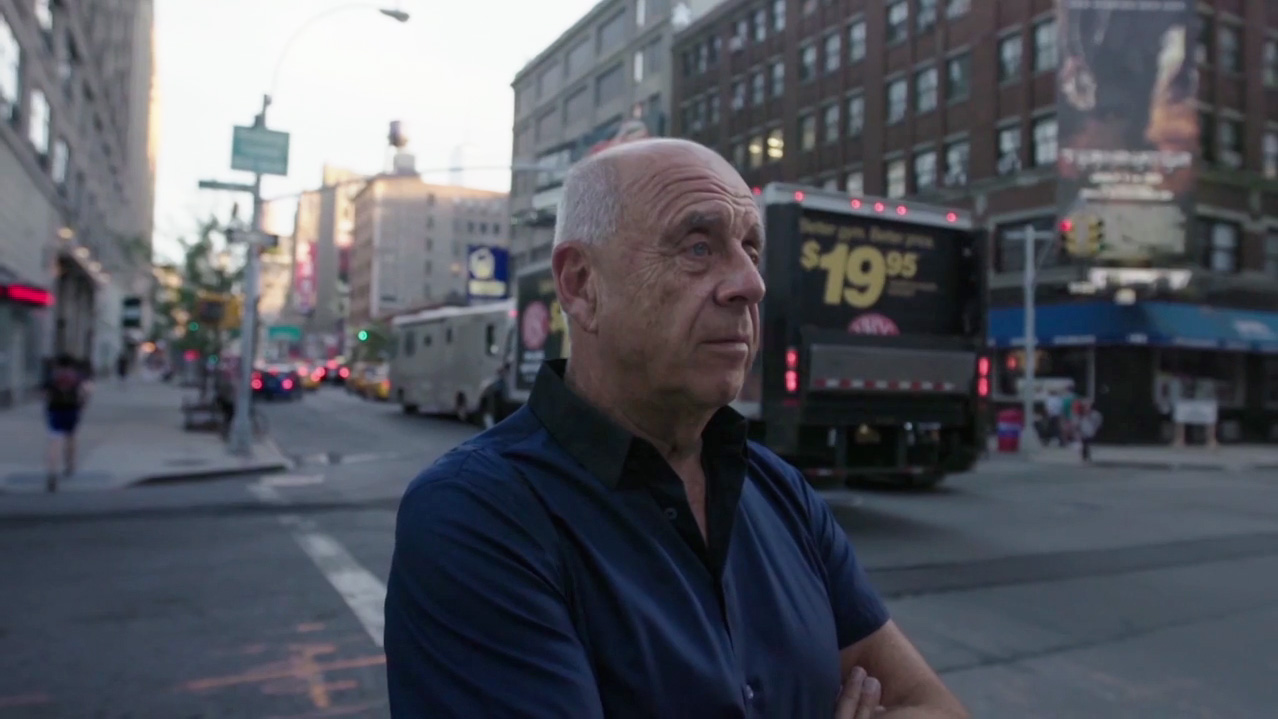Street photography often distinguished by its use of the single image to tell a story but photo books contain many images that must work together. Legendary photographer Ralph Gibson talks about how images relate to each other and sheds some light on the process of assembling a book in this short video. He touches on a couple of his own ideas on sequencing images and reminisces about several books he’s been a part of that resonate with him to this day. Great way to spend the next 4 minutes! Hit the jump to watch the video!
Ralph Gibson: How To Make A Book
The world is divided into two kinds of people, Dave: those who divide the world into two kinds of people and those who don’t.
What is the life of a book and how long does a good book resonate? And I supposed indefinitely.
For years as a guitarist I knew that if I hit a C-E-G chord, it would release additional tonalities, overtones, which could not be reached directly. As I started laying out my books, I was thinking that I would put a picture on page right, picture on page left and something would transpire in between the two pages, the mise-en-page, the two page spread, the double spread. And so the essential principle is that the sum will equal more than the total of its parts. Hopefully.
It was working on The Somnambulist that I learned that you must spend a lot of time looking at the pictures, listening to the pictures. It was a baptism of fire, this book. I had to have this book published, and it took three years to get it published. And because of that extended time, I continued to work on it.
In 1972 I was working on my second book, entitled DEJA VU. I had a picture of my friend Larry Clark in the desert. We were playing with guns in New Mexico. As I was making the layout, I thought that the page on the right, the man could raise his arm, the gesture could be completed in New Mexico 3,000 miles away. The pistol could fire and the bullet would create a straight line in space.
Larry has always been a raconteur, a story teller. He wanted to make movies as early as Tulsa. The sequencing is exquisite because there’s always events, every two or three spreads, and here’s the great artist himself participating in some of the experimental sides of things.
She [Mary Ellen Mark] was somewhere in middle Europe and she met a gypsy. And as you know, Mary Ellen is exquisitely beautiful, especially as a young woman, and one of these gypsies said, “You’re a gypsy,” and Marry Ellen loved being called a gypsy. And so passport traveled the gypsy life. She really identified with people who are in a constant state of motion and that was how we came up with this title for Passport.
Looking at these books, I guess that’s the reward, the way I feel right now seeing these. That’s what I get for having done these a long time ago.
Ralph Gibson is an american photographer who has had a lifelong interest in books. Since the publication of his first book, “The Somnambulist”, his work has been driven by the printed page. He’s published over 40 monographs and his work appears in hundreds of museums and exhibitions around the world. Gibson was a long time proponent of film photography but embraced digital when Leica introduced the Monochrom.
The special Ralph Gibson version of the Leica Monochrom was priced at $28,000 USD and all 35 available units sold out in under 5 minutes. A testament to the photographers recognition and pervasiveness in the photography collectors market.
StreetShootr’s Take
You get a strong sense from Ralph that his pursuit is not one of monetary gain, but that he finds deep meaning in the process of creating the works and at the end of the day that’s what really matters to him. Books can be printed and reprinted but the process of creating the book is as important to him as the images on the pages.
It’s a frank and honest dissemination of Gibson’s philosphy book making but this could easily be applied to any aspect of photography. As he talks about Larry Clark And Mary Ellen Mark, you can really feel his love for these people and for their work. Brilliant piece of video – I only wish it was an hour long instead of just 4 short minutes.
What’s your take on Ralph Gibson’s thoughts on books? Great insight from a legendary photographer and master bookmaker? Or an overly romantic lovesong to the printed page? Post your ideas in the comments below and keep the conversation going!

